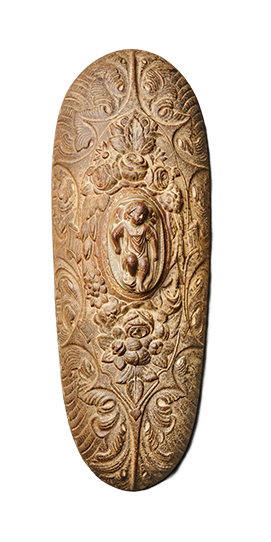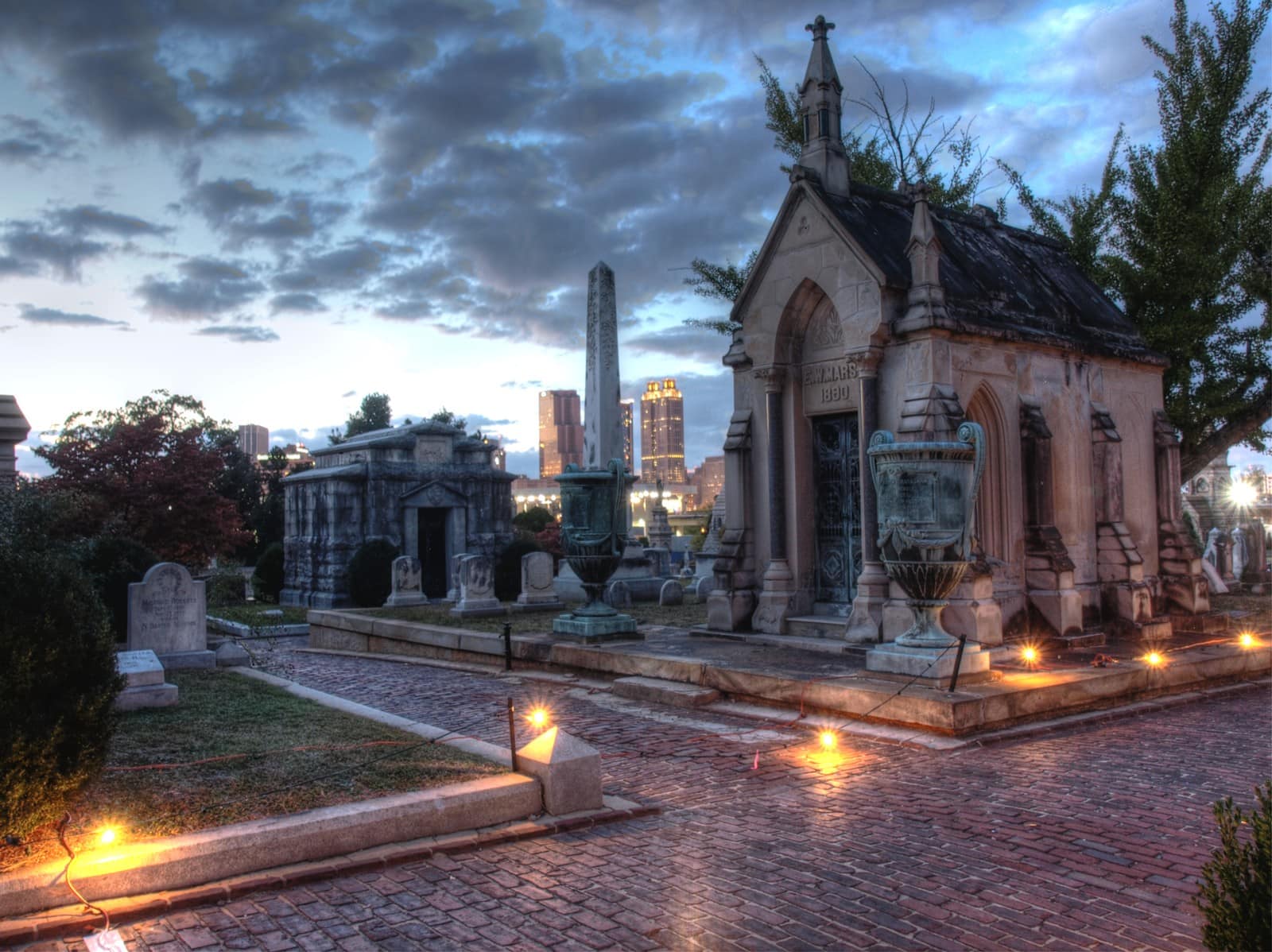Atlanta in 50 Objects
A pink pig and a renegade cow. A movie prop and a Coke bottle. A Pulitzer Prize–winning book and a Nobel Prize–winning icon.
How do you tell the story of Atlanta in 50 objects? We decided the best experts were Atlantans themselves—residents who cheer the Braves and rue I–285 rush-hour traffic, who understand how Civil War losses and Civil Rights victories together helped forge the city’s unique identity. Atlanta History Center asked the public to submit what objects they think best represent their town. The parameters were broad: an object could also be a person, a place, an institution, or an idea. After receiving hundreds of submissions, History Center staff assembled a collection of fifty pieces that represent the themes identified by the public. In addition to items from our own collections, we have partnered with many local institutions and individuals to gather artifacts from around the city to tell this community–driven story.


Oakland Cemetery
City leaders purchased Oakland Cemetery’s initial six acres in 1850 to be a public burial ground.
Designed as a rural garden cemetery, a nineteenth-century innovation conceived as an alternative to traditional graveyards that were often crowded and aesthetically unappealing. Originally called Atlanta Graveyard or City Burial Place, Oakland was renamed in 1872.
After the Civil War, space was added to provide a proper final resting place for soldiers who had been hastily buried on area battlefields. By 1867, the cemetery reached its present size of eighty-eight acres. It is Atlanta’s third largest public green space.
In 1976, Oakland was placed on the National Register of Historic Places and the Historic Oakland Foundation was established to oversee the restoration and maintenance of the graves and property. Impressive architecture and monuments employ many styles, including Victorian, Greek Revival, Gothic, Neoclassical, and Egyptian Revival. The city and the foundation work together to stabilize the cemetery and make it an attractive, meditative, and educational environment, where public programs, ranging from walking tours to concerts, are routinely offered.

Monuments at Oakland with the city skyline in the distance, 2010. Courtesy of Historic Oakland Foundation